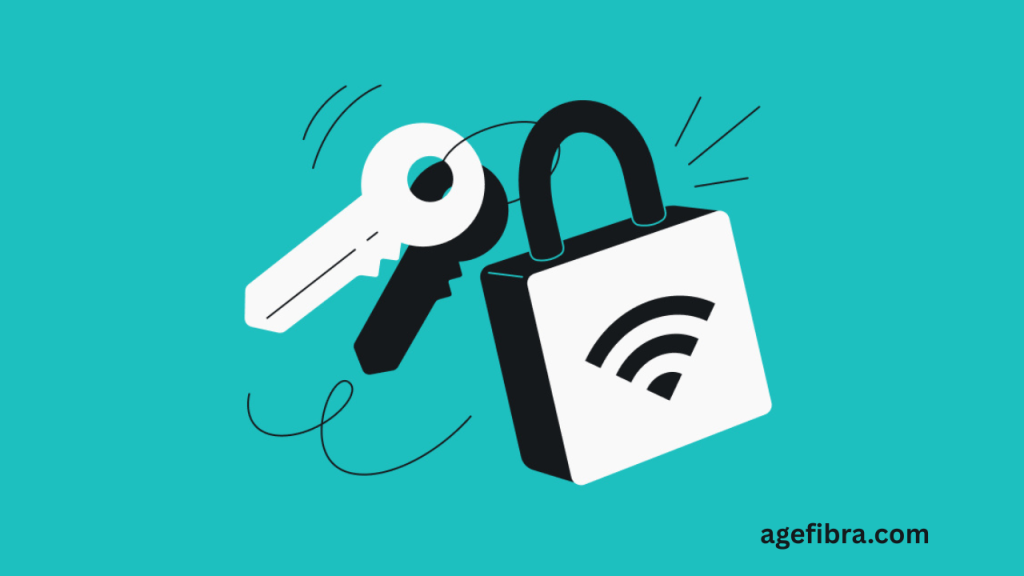Secure Wi-Fi network security is more important than ever in today’s connected world. Your wireless connection serves as the central hub for your digital life—handling everything from personal messages and banking credentials to work files and smart home devices. While convenient, it also opens doors to cybercriminals. An unprotected network becomes an easy target, enabling hackers to steal sensitive information, inject malware, or hijack your bandwidth without your knowledge.
Securing your Wi-Fi network is no longer optional—it’s essential. Whether you’re working remotely, streaming content, or casually browsing, your router constantly transmits data that must be protected. Strengthening your network’s defenses not only secures your private information but also prevents disruptions caused by unauthorized access. With the right approach, you can build a strong digital shield that protects your home or business against evolving online threats.
Why Securing Your Wi-Fi Network Is Crucial
An unprotected Wi-Fi network acts like an open door for cyber intruders. Hackers can exploit weak passwords, outdated firmware, and poor encryption to gain unauthorized access. Once inside, they can monitor traffic, collect login credentials, or launch attacks on your connected devices.
Insecure networks also lead to bandwidth theft. If someone hijacks your signal, they can slow down your internet, stream illegal content using your IP address, or overuse your data plan. Beyond performance issues, this can result in legal consequences if malicious activity is traced back to your network.
Common Security Risks in Wireless Networks
Understanding the typical vulnerabilities helps you take preventive action. Here are some common threats Wi-Fi users face:
- Default Router Settings: Many routers come with factory credentials, such as “admin” and “password,” which hackers can easily guess.
- Weak Encryption: Outdated encryption protocols, such as WEP, are easily cracked using freely available tools.
- Unpatched Firmware: Older firmware may contain bugs or security flaws that have already been exposed online.
- Publicly Visible Network Name (SSID): Broadcasting your SSID allows attackers to identify and target your network more easily.
- Open Networks: Wi-Fi that doesn’t require a password is an open invitation to intruders.
Step-by-Step Guide to Secure Your Wi-Fi Network
Change Default Router Credentials
One of the first and most vital steps is replacing your router’s default login username and password. When a hacker scans your network, a default login is an easy access point. Choose a strong combination that includes uppercase letters, lowercase letters, numbers, and symbols.
Set a Strong Wi-Fi Password
A complex Wi-Fi password is the cornerstone of a secure Wi-Fi network. Avoid common words, dictionary terms, or sequences like “12345678”. Instead, use long, random character combinations that are hard to guess and even harder to brute-force.
Enable WPA3 Encryption
WPA3 is currently the most secure encryption standard for wireless networks. If your router supports it, enable it in your router settings. If not, at the very least use WPA2. Avoid WEP, as it is considered obsolete and highly insecure.
Hide Your SSID
While not a complete security measure, disabling your SSID broadcast can make it less likely for casual hackers to notice your network. Devices already connected will still access it normally, but new users will need to manually enter the SSID to connect.
Update Router Firmware Regularly
Just like your phone or computer, routers require software updates. Firmware patches often include security enhancements and fixes for known vulnerabilities. Set a reminder to check for updates from your router’s admin panel every couple of months.
Enable Network Firewalls
Most routers have a built-in firewall, but it may not be enabled by default. Navigate to the security section of your router settings and turn it on. For extra protection, enable firewalls on each connected device, too.
Disable Remote Management
Remote management allows access to your router settings from outside your home network. Unless you need it, it’s better to disable this feature to prevent unauthorized access attempts from the internet.
Read More: 5GHz vs 2.4GHz Wi-Fi: Which One Should You Use?
Best Practices to Maintain a Secure Wi-Fi Network
Create a Separate Guest Network
Allowing guests on your primary Wi-Fi network is risky, especially if they’re connecting with potentially infected or outdated devices. Set up a separate guest network with its password. This isolates their activity from your main devices and limits access to sensitive resources.
Monitor Connected Devices
Check your router’s admin interface to see a list of currently connected devices. If you notice any unknown names, investigate further. Some routers allow you to block suspicious devices directly from the dashboard.
Turn Off Wi-Fi When Not in Use
This may not always be practical, but disabling your Wi-Fi when you’re away for extended periods adds an extra layer of protection. If no one is home, no one should be accessing the network, not even a hacker.
Use a VPN on Your Network
A virtual private network (VPN) encrypts all data traffic between your devices and the internet, adding a second layer of security on top of your Wi-Fi encryption. This is especially useful if you share your network or access sensitive information frequently.
Mistakes to Avoid When Securing Wi-Fi
- Ignoring Firmware Updates: Delaying router updates can leave your network open to attacks that have already been patched.
- Using Personal Info in Passwords: Names, birthdays, or phone numbers make your password easier to crack.
- Keeping SSID as Default: Routers often come with branded SSIDs like “TP-Link_1234”, which tells hackers what type of router you use — and which tools might work.
- Overcomplicating Configurations: Advanced users may attempt unnecessary tweaks that lead to misconfiguration. Stick to essential settings if you’re unsure.
- Allowing UPnP: Universal Plug and Play makes device connection easier, but also opens doors for hackers. Disable it unless required for specific applications.
Real-Life Use Cases of Wi-Fi Breaches
Case 1: A Small Business Compromise
A local café offered free Wi-Fi without any password protection. One day, the POS system began showing unauthorized transactions. It turned out that a hacker had accessed the open network, installed packet-sniffing tools, and stolen customer payment data.
Case 2: Home Network Hijack
An individual noticed unusually slow internet and buffering even during low usage. After checking the connected devices, several unauthorized users were found. The hacker had cracked a weak Wi-Fi password and used it to stream heavy media, consuming the entire bandwidth.
Case 3: Smart Home Intrusion
A homeowner using smart thermostats and cameras left remote router management enabled. A hacker accessed the settings and controlled smart devices remotely. The problem was resolved only after updating the firmware, changing credentials, and disabling remote access.
Frequently Asked Questions
What is the safest type of Wi-Fi encryption?
WPA3 is currently the safest standard for Wi-Fi encryption, offering better protection against brute-force and offline attacks than WPA2.
How often should I change my Wi-Fi password?
Changing your Wi-Fi password every 3–6 months is a good practice, especially if you’ve shared it with guests or notice any suspicious activity.
Is hiding the SSID enough to secure a network?
No, hiding the SSID only deters casual scanning. Real security comes from using strong passwords and robust encryption like WPA3.
Can antivirus software protect my Wi-Fi network?
Antivirus software protects your devices, but doesn’t secure your Wi-Fi network. Router-level settings must be managed separately.
What is MAC address filtering, and is it effective?
MAC address filtering lets you specify which devices can connect. While it adds a layer of control, hackers can still spoof MAC addresses, so it shouldn’t be your only defense.
Can someone hack my Wi-Fi without being nearby?
Typically, a hacker must be within the signal range. However, if remote management is enabled, they might exploit it from a distance.
Are mesh Wi-Fi systems secure?
Yes, most modern mesh systems come with strong security protocols, frequent firmware updates, and integrated firewalls. Just make sure to configure them properly.
Conclusion
Securing your Wi-Fi network is vital in protecting your personal data, devices, and online activity from cyber threats. By using strong passwords, enabling encryption, updating firmware, and managing router settings wisely, you can significantly reduce the risk of unauthorized access. A secure Wi-Fi network offers peace of mind, faster performance, and better control. Take the necessary steps today to safeguard your digital space and keep hackers out for good.


